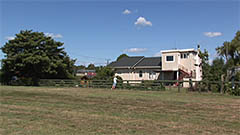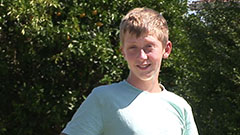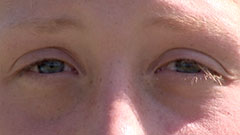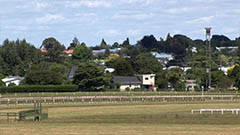As part of our course we are also being shown photography settings, and how to adjust them on manual mode to achieve the effect we desire. The first thing I have learnt is the different types of photography shot, that will be useful when considering the positioning of my subjects when making our film poster, as different shots portray different meanings, evoking different thoughts and emotions from our audience as well as being used to establish certain facts.
Extreme wide shot:
Also known as a telephoto shot, this shot encompasses a whole area and therefore is not suitable for most average interiors, instead being used in wide open landscapes to show the full surrounding, where the subject is not visible. Often used as an establishing shot.
Very wide shot:
A very wide shot can also be used as an establishing shot, as its slightly closer than an extreme wide shot yet the subject is still only just visible.

Wide shot:
The subject takes up the full frame, nearly touching the top and bottom of the image but not quite as this could look uncomfortable. Its as close as possible to the subject without cutting off any part of him.

Mid shot:
This shot is usually from the torso upwards, and replicates a natural conversation level where viewing the legs is insignificant. It allows the audience to see the subject in detail, but with room for body language and slight gestures, as well as being able to see the surrounding area. The most commonly used shot, its useful for delivering information.

Mid close-up:
The medium close-up is halfway between a mid shot and a close-up, usually fitting in no more than two people as it allows the viewer to see the subject clearly, usually from around the upper arms and upward.

Close-up:
A close-up shot is where a certain feature of the subject takes up most of the frame, usually their face to portray the emotion and mood of the image.

Extreme close-up
Shows high definition details of the subject, usually the face focusing on an area such as the eyes. Used to show emotion in very dramatic scenes, such as depicting deep emotional pain.

A lot of these shots relate directly to camera shots when filming, and have the same reasoning behind them so by revising these shots I can apply a variety of them to my film, and use the most appropriate ones for my digital photography and editing. A slight difference is the names of the first few shots, as in photography its called an extreme wide shot, and for filming extreme long shot so I will use the correct terminology depending on the media I am discussing or using.


No comments:
Post a Comment